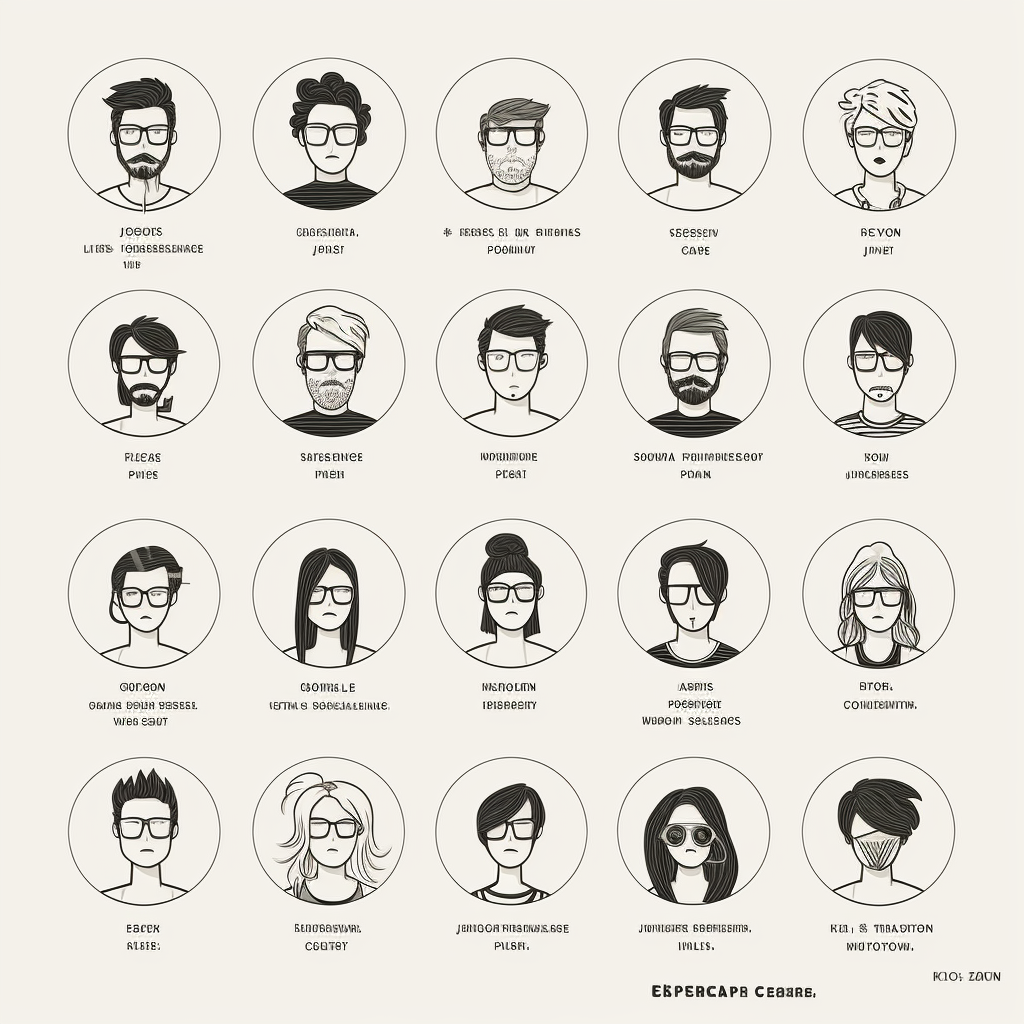Introduction: Agile product development has transformed the way teams create and deliver products. Its iterative and customer-focused approach allows for rapid adaptation, enabling businesses to respond to changing market needs effectively. In this blog, we will explore the best practices that drive successful agile product development, empowering teams to create high-quality products while fostering collaboration and innovation.


Table of Contents
Cross-Functional Teams
Cross functional team compromises of all skills required to build the product with quality, it would be testing, representation from business and adding the functional aspects, development can be front end, back end, middleware, etc. Designers and Architects can also be part of the considerations This diversity promotes a holistic understanding of the product’s goals and challenges, leading to more comprehensive solutions.
Customer-Centric Approach
Place the customer at the center of your development process. Regularly gather customer feedback and involve them in decision-making. This ensures that your product remains aligned with customer needs and preferences throughout its development lifecycle.
Iterative Development
Decompose product roadmap into smaller, pieces which can be built incrementally in incremental and iterative way using iterations/Sprints. Shorter iteration help in faster feedback loops and also to fail fast. Each iteration produces a work item that can be potentially be released. This incremental approach allows for continuous improvement, adaptation, and the ability to respond quickly to market changes.
Backlog Prioritization
Maintain a prioritized product backlog—a dynamic list of features, enhancements, and fixes. Continuously reassess and reorder items based on customer feedback, business value, and market trends. This helps in building the right products with prioritised features
Frequent Releases
Strive for regular and consistent releases, even if they contain minimal changes. Frequent releases keep stakeholders engaged and provide continuous value to customers. They also allow for quicker validation and feedback incorporation.
Daily Stand-Up Meetings
Conduct daily stand-up meetings to foster communication and transparency within the team. Each member shares their progress, challenges, and planned tasks. These short meetings promote collaboration and help identify and address roadblocks.
User Stories and Acceptance Criteria
Define user stories—a concise description of a user’s need and the value the feature provides. Pair each user story with clear acceptance criteria, outlining what constitutes a successful implementation. This ensures shared understanding and quality deliverables.
Adaptability and Flexibility
Embrace change and be prepared to adjust your plans based on feedback and evolving requirements. Agile methodologies encourage flexibility, allowing you to pivot when necessary without derailing the entire project.
Continuous Integration and Continuous Deployment (CI/CD)
Implement CI/CD pipelines to automate the build, testing, and deployment process. This reduces manual errors, speeds up delivery, and enhances the product’s overall quality.
Retrospectives for Continuous Improvement
Regularly hold retrospectives at the end of each iteration to reflect on what went well, what could be improved, and what challenges were encountered. This feedback loop drives continuous improvement within the team and the development process.
Minimal Viable Product (MVP)
Focus on building an MVP—a stripped-down version of the product with essential features. This allows for quicker market validation and early user feedback, guiding subsequent iterations and feature enhancements.
Collaborative Environment
Agile Product Development helps foster a culture of collaboration, where team members openly share ideas, expertise, and knowledge. Cross-team collaboration and open communication lead to innovative solutions and a supportive work environment.
Agile Product Development: Conclusion
Agile product development is more than just a methodology; it’s a mindset that encourages adaptability, collaboration, and customer-centricity. By following these best practices, teams can navigate the complexities of modern product development while delivering valuable, high-quality products to their customers. Embrace the iterative nature of agile, continuously learn from your experiences, and foster a culture of innovation and improvement to ensure the success of your agile product development journey.
Scrum Guide for Roles in Agile Way of Working for Product Owner

